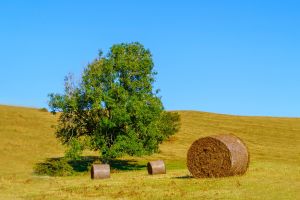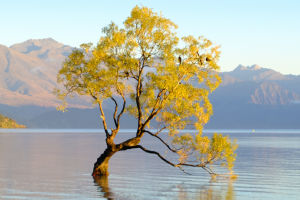High-voltage lines are an essential component of modern power grids, enabling the transmission of electricity over long distances with minimal losses. These lines operate at voltage levels of 100 kV or higher, which allows for efficient power transmission over large distances.
The need for high-voltage lines arises because electricity cannot be stored in large quantities, and it must be produced and consumed in real time. Therefore, power generation and consumption must be balanced in real-time. To ensure this balance, power generators must be located close to areas of high demand.
However, this is not always possible due to factors such as geography, availability of resources, and environmental constraints. High voltage lines provide a solution to this problem by allowing power to be transmitted over long distances from power plants to areas of high demand.
Green power transmission refers to the use of renewable energy sources such as wind, solar, and hydropower to generate electricity and transmit it over high-voltage lines. The transmission of green power is a critical component of efforts to reduce carbon emissions and mitigate climate change.
The use of renewable energy sources for power generation also helps to reduce dependence on fossil fuels, which are finite resources.
One of the challenges of green power transmission is the intermittency of renewable energy sources. For example, wind turbines generate electricity only when the wind is blowing, and solar panels generate electricity only when the sun is shining.
Therefore, a reliable power grid must be able to accommodate fluctuations in power generation and consumption. This requires the use of energy storage systems and advanced control technologies to manage the balance between power supply and demand.
DC transmission, also known as HVDC (High Voltage Direct Current) transmission, is an alternative to AC (alternating current) transmission that is used in most power grids. HVDC transmission uses direct current instead of alternating current to transmit power over long distances.
DC transmission has several advantages over AC transmission, including lower transmission losses, improved power quality, and the ability to transmit power over longer distances.
One of the key advantages of DC transmission is its ability to transmit power over long distances with minimal losses. AC transmission suffers from losses due to the resistance of the transmission lines, which increases with the distance of transmission.
DC transmission, on the other hand, is not affected by the same losses as it does not suffer from the same power losses that occur in AC transmission. This makes DC transmission a more efficient way to transmit power over long distances.
Another advantage of DC transmission is its improved power quality. AC transmission can suffer from issues such as voltage fluctuations, harmonic distortion, and reactive power, which can affect the quality of power delivered to consumers. DC transmission, on the other hand, does not suffer from these issues, as the voltage and current are constant and do not fluctuate.
Finally, DC transmission can transmit power over longer distances than AC transmission. AC transmission is limited by the capacitance of the transmission lines, which limits the distance over which power can be transmitted. DC transmission, on the other hand, is not limited by capacitance and can transmit power over longer distances.
High voltage lines, green power transmission, and DC transmission are all critical components of modern power grids. High voltage lines enable the transmission of electricity over long distances with minimal losses, while green power transmission allows for the use of renewable energy sources to generate and transmit electricity.
DC transmission, on the other hand, is an alternative to AC transmission that offers several advantages, including lower transmission losses, improved power quality, and the ability to transmit power over longer distances. As the world transitions to a low-carbon economy, the importance of these technologies will only continue to grow.


